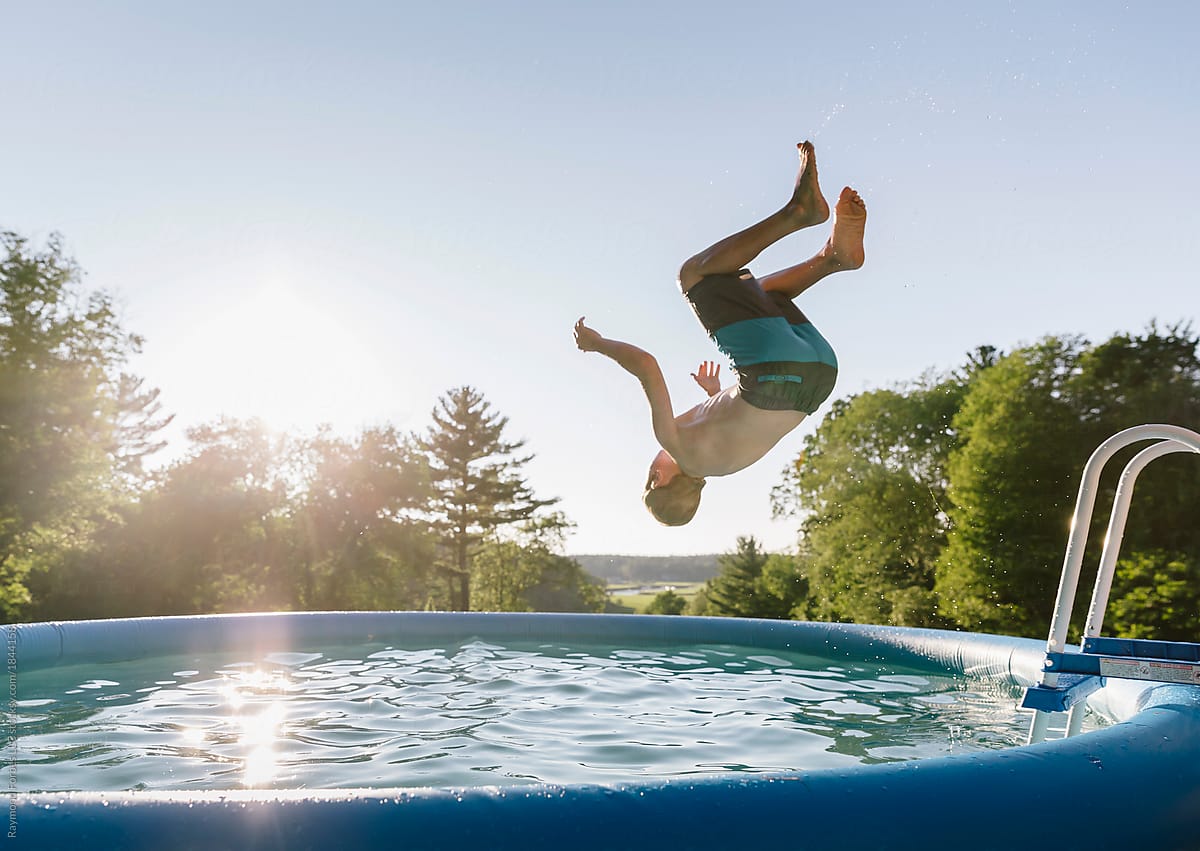I. Introduction

A. Importance of camping as an outdoor activity Camping has long been cherished as a recreational activity that allows people to reconnect with nature, escape the hustle and bustle of daily life, and find solace in serene surroundings. In today’s fast-paced world, camping offers a respite from the digital age, providing a chance to unplug and unwind. This article aims to highlight the various benefits of camping and provide valuable insights for individuals planning a memorable camping trip.
B. Overview of the article’s focus and structure This article will delve into the physical and mental health benefits of camping, shedding light on how the great outdoors can significantly contribute to individual well-being. Additionally, it will explore the connection between camping and nature, emphasizing the environmental awareness that can be fostered through camping experiences. Finally, the article will offer practical guidance on preparing for a successful camping trip, including choosing a suitable campsite and the essential equipment and gear needed.
II. Benefits of Camping
A. Physical and mental health benefits
- Physical activities like hiking and somersaults lead to improved fitness levels
- Exploring nature through hiking provides an opportunity for cardiovascular exercise and strengthens muscles.
- Engaging in somersaults and physical activities during camping allows for increased agility, flexibility, and coordination.
- Fresh air and nature contribute to mental well-being
- Exposure to fresh air and sunlight can improve mood and mental clarity, reducing stress levels and promoting relaxation.
- Surrounding oneself with nature has been shown to increase feelings of happiness, awe, and calmness.
B. Connection with nature and environmental awareness

- Immersion in natural surroundings fosters appreciation for the environment
- Spending time in nature allows individuals to develop a deep respect and admiration for the natural world.
- Disconnecting from the digital world during camping encourages individuals to appreciate the simplicity and beauty of nature.
- Opportunities for learning about wildlife and ecosystems
- Camping provides a firsthand experience to observe and learn about diverse wildlife, plants, and ecosystems.
- Engaging in activities such as birdwatching or participating in nature walks can expand knowledge and promote environmental education.
III. Preparing for a Camping Trip
A. Choosing a suitable campsite
- Factors to consider: location, facilities, and accessibility
- Determining the distance from home, considering the desired level of isolation or proximity to amenities.
- Evaluating facilities available, such as restroom facilities, water sources, and cooking areas.
- Taking into account accessibility, including ease of reaching the campsite and any necessary permits or fees.
- Safety considerations for somersault activities
- Choosing appropriate landing areas considering the terrain and ensuring a clear, safe landing surface.
- Assessing terrain conditions to minimize the risk of injury during somersault activities.
B. Essential camping equipment and gear

- Basic camping essentials: tent, sleeping bags, cooking supplies, etc.
- Choosing a suitable tent based on the number of campers and weather conditions.
- Selecting appropriate sleeping bags and bedding to ensure comfort and warmth.
- Packing essential cooking supplies, including a portable stove, cooking utensils, and non-perishable food items.
- Special equipment for somersault training: mats, cushions, or foam pits
- Utilizing a mat or cushioned surface for safe and comfortable somersault training.
- Considering the use of foam pits or inflatable landing areas to reduce the risk of injury during somersault activities.
IV. Exploring Outdoor Activities During Camping
A. Somersault
Training in the Wild Camping provides a unique opportunity to incorporate somersault training into outdoor activities. The benefits of practicing somersaults during camping extend beyond physical fitness and agility; they also offer a chance to explore nature in a thrilling and unconventional way.
- Benefits of incorporating somersaults into camping routines
- Enhances coordination and balance: Somersaults require maintaining control and balance throughout the movement, improving coordination skills.
- Builds strength and flexibility: The repeated motion of somersaulting engages various muscle groups, increasing strength and promoting flexibility.
- Boosts confidence and self-esteem: Successfully executing somersaults fosters a sense of achievement and self-confidence.
- Finding suitable outdoor spaces for somersault practice
- Grassland areas: Open meadows with soft grass provide an ideal landing surface for somersaults.
- Sandy beaches: Beaches offer a soft and forgiving terrain for somersault training.
- Expansive fields: Large fields devoid of obstacles allow ample space for somersaulting freely.

B. Hiking and Nature Walks
Hiking and nature walks are popular activities during camping trips. They not only offer breathtaking views and opportunities for exploration but also serve as excellent warm-up and cool-down exercises for somersault training.
- Exploring trails and enjoying scenic views
- Researching and selecting hiking trails that match the fitness level and interests of the camping group.
- Taking breaks along the trail to appreciate the beauty of nature and recharge for somersault sessions.
- Warm-up and cool-down exercises for somersault training during hikes
- Dynamic stretching: Incorporating leg swings, arm circles, and lunges to warm up the muscles and prepare the body for physical activity.
- Gentle yoga poses: Engaging in simple yoga poses like downward dog or child’s pose to stretch and cool down the body after hiking.
C. Water-Based Adventures
Camping near bodies of water provides access to a variety of exhilarating water activities. These activities not only provide a fun-filled experience but also offer unique ways to incorporate somersault training.
- Water sports activities like swimming, kayaking, or paddleboarding
- Swimming: Practicing somersaults while swimming can be an exciting way to challenge oneself in the water.
- Kayaking or paddleboarding: These activities can be an opportunity to dive into the water and practice somersaults from a floating platform.
- Safety tips and considerations for water activities
- Wearing appropriate safety gear such as life jackets and helmets.
- Being aware of water currents, tides, and other potential hazards.
- Ensuring proper supervision and skill level required for each activity.
V. Camping Safety Measures

A. Fire safety and campfire guidelines
Campfires are an integral part of camping, providing warmth, ambiance, and a place for cooking. However, it is important to prioritize fire safety to prevent accidents and damage to the surrounding environment.
- Safe practices for lighting and managing campfires
- Check for fire bans or restrictions in the camping area and adhere to them.
- Clear the area around the campfire site from flammable materials and ensure a safe distance from tents and trees.
- Use designated fire rings or pits and never leave a fire unattended.
- Fire safety precautions when incorporating somersault activities
- Select a safe location away from the campfire to practice somersaults, ensuring there are no flammable materials or obstacles nearby.
- Maintain awareness of the fire’s location and wind direction to prevent accidental contact or injuries.
B. Wildlife safety
Respecting wildlife and their habitats is crucial in preserving the delicate balance of the ecosystem. By following proper practices, campers can minimize their impact on wildlife and reduce the risk of wildlife encounters.
- Respecting wildlife and their habitats
- Observe wildlife from a safe distance to avoid disturbing their natural behavior.
- Avoid feeding wildlife, as it can lead to dependency and potentially dangerous encounters.
- Preventing encounters by proper food storage and waste management
- Store food in bear-resistant containers or hang it out of reach from critters.
- Dispose of waste properly to prevent attracting wildlife.
In conclusion, incorporating outdoor activities during camping, such as somersault training, hiking, and water-based adventures, adds an extra dimension of excitement to the camping experience. By adhering to safety measures, including fire safety and wildlife respect, campers can ensure a safe and memorable journey into the great outdoors.
